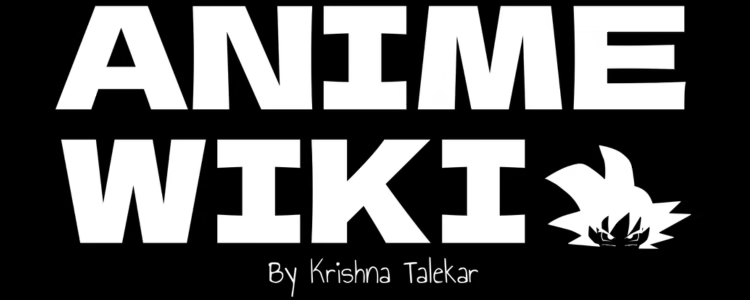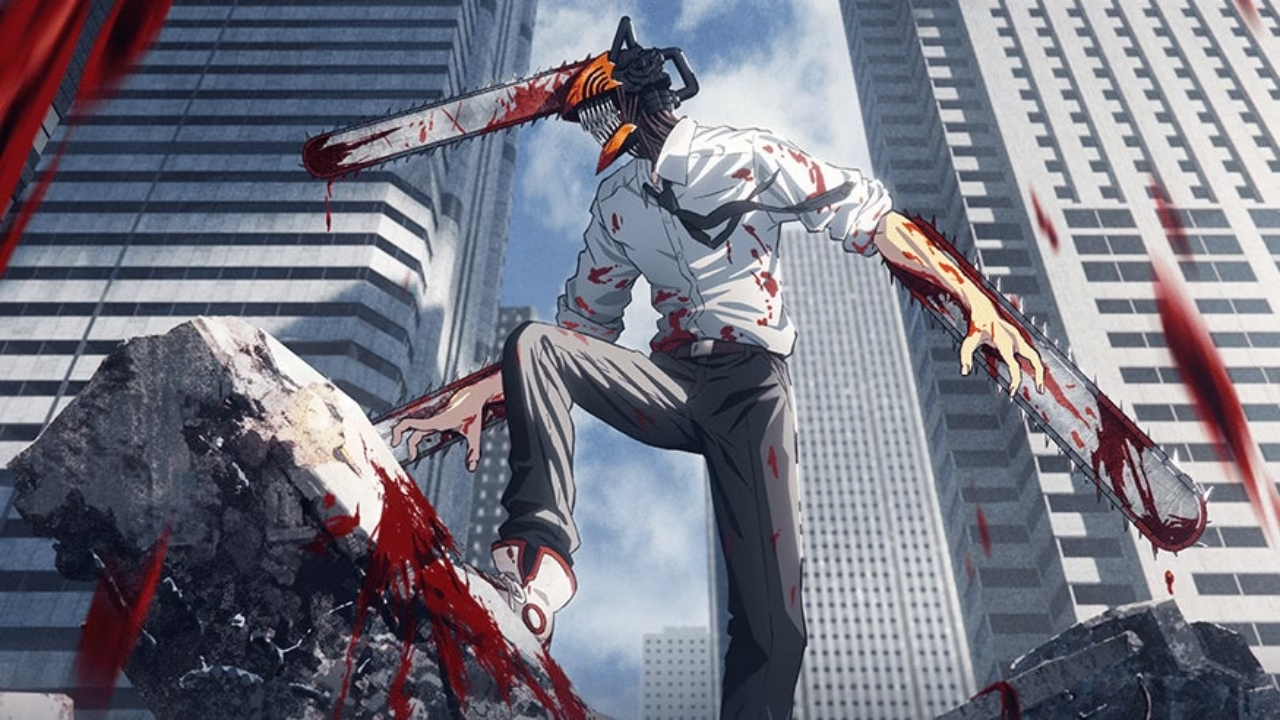MAPPA’s Chainsaw Man arrived in late 2022 riding a tidal wave of hype and, impressively, delivered something sharper and stranger than most big shonen premieres. As a chainsaw man season 1 anime review, this piece stakes an opinionated claim: Season 1 is a gutsy, stylish adaptation that swaps the usual shonen sheen for gritty, film‑like realism while still reveling in blood‑spattered spectacle. Its choices weren’t universally loved, but the result is distinctive and often sensational.
Chainsaw Man Season 1 Overview (Spoiler‑Light)
Denji, a debt‑choked teen, fuses with his devil dog Pochita and becomes Chainsaw Man, a government devil hunter under the enigmatic Makima. Alongside the stoic Aki and tornado‑of‑chaos Power, he chases devils, money, and embarrassingly simple teenage dreams. Season 1 adapts the opening 38 manga chapters across 12 episodes (Oct–Dec 2022), laying the groundwork for bigger arcs to come.
Key players you meet fast:
- Denji (Chainsaw Man) – a kid with chainsaws for arms and head, and a hilariously blunt set of goals.
- Pochita – the cutest power tool you’ll ever love.
- Makima – serene, terrifying, unreadable.
- Aki Hayakawa – clenched‑jaw pragmatist.
- Power – feral, loud, secretly lovable.
Animation and Art Style
This is where Chainsaw Man Season 1 separates itself from the pack. Director Ryū Nakayama steers the show toward cinematic realism, restrained compositions, moody lighting, handheld‑style camera moves rather than hyper‑exaggerated “anime‑isms.” That aesthetic choice, paired with action direction by Tatsuya Yoshihara, produces fights that feel weighty and spatially coherent (Denji vs. Katana Man is a standout).
CGI is used surgically that is primarily for tricky camera moves and transforms not as a shortcut. Nakayama even addressed the CG discourse head‑on in interviews, explaining why certain shots demanded 3D to preserve the camera language the team wanted. The upshot: the show doesn’t look like Jujutsu Kaisen or Demon Slayer; it looks like Chainsaw Man, with a foot in live‑action grammar and a fondness for photoreal backgrounds.
Verdict on visuals: muscular choreography, purposeful CG, and a filmic vibe that may trade some bombast for mood but pays off with personality.
Soundtrack & Voice Acting
Opening: Kenshi Yonezu’s “KICK BACK” is a sledgehammer of a theme that is catchy, anxious, and clever. It directly samples Morning Musume’s “Sōda! We’re ALIVE” and features King Gnu’s Daiki Tsuneta as co‑arranger, a pop pedigree that mirrors the show’s mash‑up energy.
Endings: Season 1 famously deploys a different ending song and video every episode, a flex that doubles as storytelling garnish. Artists range from Aimer and TK (Ling Tosite Sigure) to Maximum the Hormone, Eve, Vaundy, Queen Bee, and Zutomayo. It’s both an artful epilogue and a marketing masterstroke.
Score: Composer Kensuke Ushio (A Silent Voice, Devilman Crybaby) gives the series a textured, industrial pulse, motifs that rumble under quiet scenes and punch hard during transformations. Official releases arrived in EP volumes covering the season’s cues.
Voice work:
- Denji (JP): Kikunosuke Toya – a raw, impulsive performance that nails Denji’s horny‑gremlin charm and unexpected tenderness.
- Denji (EN): Ryan Colt Levy – energetic and vulnerable; he later took Best Voice Artist Performance (English) at the 2024 Crunchyroll Anime Awards.
Narrative Strengths and Weaknesses
What sings:
- Theme & tone: Poverty, hunger (literal and emotional), and found‑family dynamics are treated with surprising sincerity. The show relishes the grotesque but never forgets Denji’s small, human cravings.
- Character arcs: Denji, Aki, and Power form one of the most endearing odd‑household trios in recent anime. Each gets a turn in the spotlight without bogging down the forward motion.
- Set‑pieces: The “Eternity Devil” hotel ordeal and the late‑season city ambush are both tightly staged, claustrophobic, and memorable.
What stumbles:
- Pacing: The realism‑first direction is a deliberate slow burn. If you wanted wall‑to‑wall sakuga, some early episodes may feel more muted than expected.
- Controversies: A vocal subset of fans petitioned for a remake with a new director, criticizing the “cinematic” approach and some CG choices. While this didn’t reflect the broader reception, it shaped online discourse.
Cultural Impact and Reception
- Critical & audience response: On Rotten Tomatoes, the series holds a 97% Tomatometer and ~91% audience rating, underscoring broad appeal. Rotten Tomatoes
- Awards & industry chatter: At the 2024 Crunchyroll Anime Awards, Chainsaw Man led with a record 25 nominations and won Best New Series, while Ryan Colt Levy won Best English VA for Denji that is signal boosts that cemented its mainstream footprint. Wikipedia
- Music experiment: The 12 unique EDs remain a calling card that is an unusual, expensive artistic choice that other productions are unlikely to replicate soon. Anime Corner
- Continuing story: Instead of an immediate TV Season 2, MAPPA continued with Chainsaw Man – The Movie: Reze Arc (U.S. theatrical rollout in 2025), keeping momentum alive and teasing a tone that bridges Season 1’s character work with bigger, messier emotions. Polygon
Where to Watch & Episode Count (U.S.)
- Episode count: 12 episodes (Season 1).
- Legit streaming (U.S.):
- Crunchyroll (sub & dub). Crunchyroll
- Hulu (sub & dub). Hulu
- Digital purchase: Amazon (Prime Video store), Apple TV, Fandango At Home (Vudu). JustWatch
Overall Review
Rating: 4.5/5
The take: Chainsaw Man Season 1 is audacious that is less a fireworks show than a smirking, blood‑slick character study shot like an indie thriller. The direction’s measured realism makes the gore feel heavier and the quiet moments sting. Not every choice will thrill every viewer, but the series absolutely owns its identity and that’s refreshing.
Pros
- Bold, cinematic direction that gives fights and stillness real gravity.
- Electric OP (“KICK BACK”), twelve bespoke EDs, and a textured score.
- Standout voice work (JP & EN), with award recognition for the dub lead.
- Strong trio chemistry (Denji/Aki/Power) and memorable set‑pieces.
Cons
- Pacing can feel subdued if you expect non‑stop sakuga highs.
- The realism/CG balance sparked divisive reactions among some fans.
FAQ
-
Is Chainsaw Man worth watching?
Yes. It pairs gnarly action with a grounded, cinematic style and character work that lingers. Its critical/audience reception and awards haul back that up.
-
How many episodes are in Chainsaw Man Season 1?
12 episodes.
-
Who voices Denji in the Chainsaw Man anime?
Kikunosuke Toya (Japanese) and Ryan Colt Levy (English).
-
Where can I watch Chainsaw Man anime (U.S.)?
Crunchyroll and Hulu stream Season 1; digital purchase options include Amazon, Apple TV, and Fandango At Home.
-
What makes Chainsaw Man different from other dark anime?
The cinematic realism (not just spectacle), the 12 unique EDs, and an off‑kilter mix of juvenile desire and bleak tenderness set it apart.
Conclusion
Chainsaw Man Season 1 is a shot of something new in mainstream anime that is confident, moody, unafraid to slow down and let the weird breathe. If you’re an American anime fan who wants a chainsaw man season 1 review that doesn’t hedge: it’s absolutely worth the ride, and it sets the table for a thornier, more explosive next chapter.


Leave a Reply